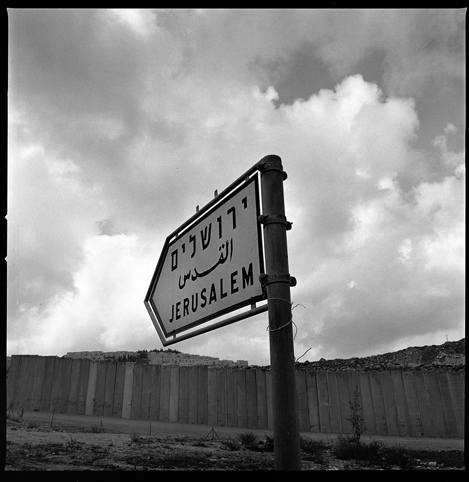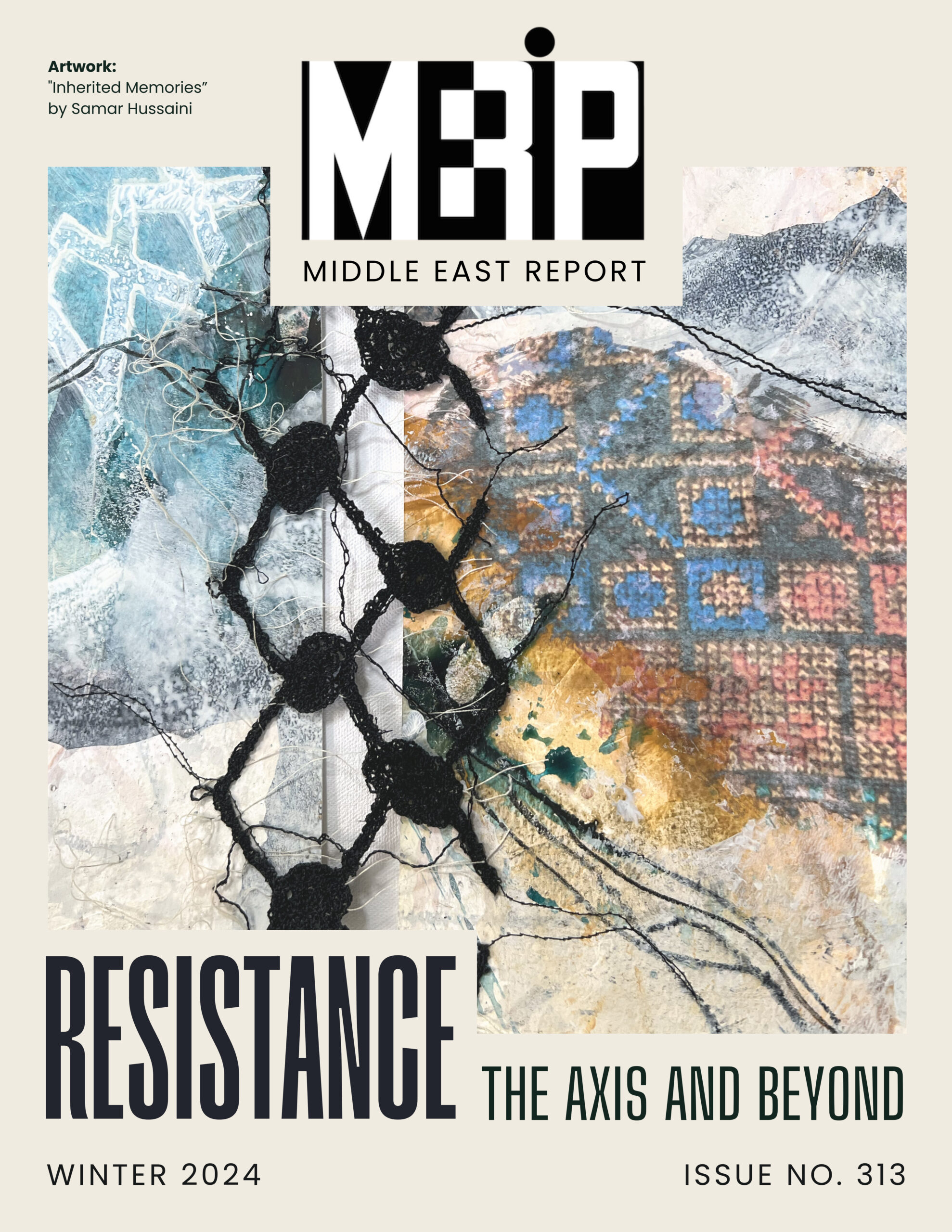IN THIS ISSUE:
Why Does the Occupation Continue?
Shir Hever, The Political Economy of Israel’s Occupation (Pluto, 2010).
There is a latter-day tendency to see the 44-year Israeli occupation of the Palestinian territories as the organic outward growth of the Zionist idea — as though the aspiration to hold the entirety of the land, embedded in Labor Zionist doctrine, was in fact a certainty, simply waiting for time to catch up. With the occupation deepened since the 1993 Oslo accord, and the remainder of the Palestinian populace crowded into a scattering of bantustans in the West Bank and one big one in Gaza, one can understand the diffusion of this way of thinking. It appears that the Zionist drive to dominion has neared completion.
The Sudan Split
On July 9, 2011, tens of thousands of South Sudanese gathered in the capital city of Juba at the mausoleum of rebel leader John Garang to celebrate the creation of their new state. Six months earlier, these jubilant crowds had voted in a referendum for independence from northern Sudan; more than 98 percent cast their ballots in favor of secession.
The Struggle of Devout Turkish Women for Full Citizenship
In the spring of 2011, amidst vociferous debates over the prospect of a third term in office for the “Islam-friendly” Justice and Development Party (AKP) in Turkey, a group of devout women launched an initiative called “No Headscarves, No Vote.” The activists demanded that all Turkish political parties include women wearing headscarves on their electoral lists. No fewer than 60 percent of Turkish women cover their heads in public, and the activists believed it was time these women had a place in formal politics. At the time, in fact, 50 of Parliament’s 550 members were women, and 30 of the women represented the AKP, but none of them wore a headscarf.
The New Arab Cold War and the Struggle for Syria
In his classic study, The Arab Cold War, Malcolm Kerr charted the machinations of inter-Arab politics during an era dominated by Egypt’s President Gamal Abdel Nasser. In another renowned work, The Struggle for Syria, Patrick Seale documented the links between Syria’s tumultuous domestic politics and the broader contest for supremacy in the region, stemming from factors ranging from inter-Arab conflicts to the global cold war. [1] Today, amid the chaos in Syria and the transformations in the region, these texts, both originally published in 1965, seem all too contemporary. Once again, regional politics shows many signs of an Arab cold war and, once again, that broader conflict is manifesting itself in a struggle for Syria.
CURRENT ANALYSIS
How to Help Syria Now
The appalling civil war in Syria is well into its third year. With upwards of 70,000 dead, countless numbers maimed and injured, and millions of refugees, there are recurrent calls for the United States to “do something” to end the mayhem. That “something” is usually defined as military intervention — imposing a no-fly zone, arming the rebels, even sending the Marines.
The Obama administration should have the wisdom to resist these calls. There are other “somethings” that have a better chance of doing good.
Syria’s Disabled Future
Jamal is not yet a teenager. His school closed in 2011, soon after the Syrian revolution turned into an armed conflict, and his father found him a factory job. One day in 2012 as he returned from work there was a battle going on in the main street near his home. Jamal immediately started carrying wounded children smaller than he is to shelter in a mosque. Then Syrian army reinforcements arrived, clearing the streets with gunfire and hitting Jamal in the spine. The youngsters who took him to the hospital advised him to say that “terrorists” had caused his injury. But Jamal did not want to lie — he told the doctors that a soldier had fired the bullet. The doctors told him to shut up and say it was the terrorists. But they treated him anyway.
The Syrian Heartbreak
There was a distinctive sense of national pride in Syria. It flowed from the confidence of a civilization dating back to the times of the earliest alphabets and visible in the country’s wealth of archaeological sites, including some of the oldest continuously inhabited cities in the world. It came from the depth of local culture. It stemmed from the music of Syrian Arabic, the elegance of Syrian manners, the finesse of Syrian cuisine and the sincerity of Syrian hospitality. It proceeded from modern geopolitics, too, as Damascus carved out for itself a role bigger and bolder than its scarce resources should have allowed.
LATEST ISSUES
FEATURED PRIMER

Primer: Palestine-Israel
Read the newest iteration of MERIP’s Palestine primer. Published in March 2025, and updated to reflect developments in the ten years since our previous primer, it provides an overview of key actors, organizations, historic events, political developments and diplomatic initiatives that have shaped the status and fate of Palestinians and the State of Israel from the late nineteenth century to the present.


